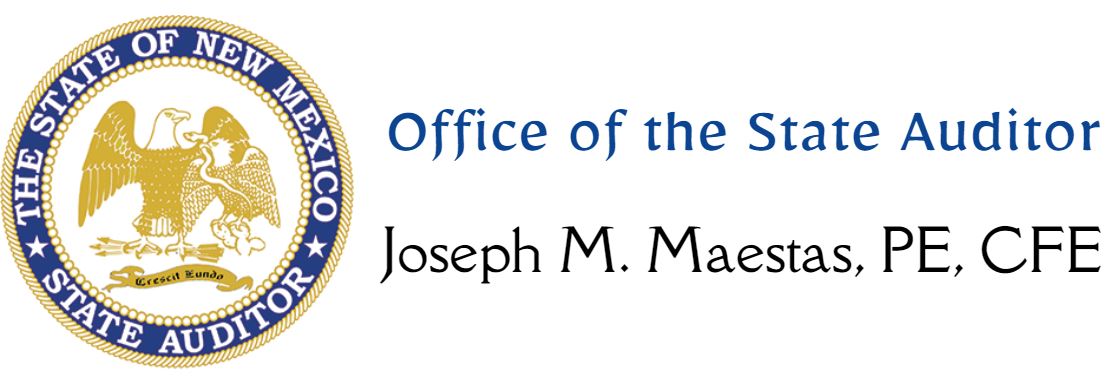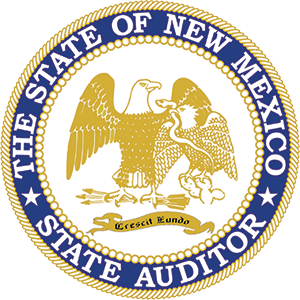Special Audits and Investigations
The State of New Mexico Office of the State Auditor utilizes Case IQ to handle the reporting and management of complaints related to fraud, waste, and abuse in government submitted through our Fraud Hotline portal. To access our fraud reporting portal, simply click on “Submit a Complaint” image above. The Special Investigations Division of the Office of the State Auditor handles hundreds of cases each year related to allegations of governmental fraud, waste, abuse, or mismanagement and is fully committed to conducting thorough reviews and investigations into all complaints and concerns regarding instances of fraud, waste, abuse, or mismanagement involving public funds or resources. This dedication applies whether the alleged misconduct is attributed to state or local government entities or employees. Our primary objective is to cultivate an environment where open and honest communication becomes the norm rather than the exception. We strive to offer you the assurance that your complaint will be promptly addressed, and you can trust that appropriate action will be taken.
Reports should include as much information as possible regarding the issue raised. At a minimum, this information should include:
- The specific allegation (violation of law, rule or policy) and the governmental entity involved.
- The parties involved and any witnesses.
- When the act occurred.
- The amount of any financial loss.
- Whether the issue has been reported to any other oversight body or law enforcement agency, and if so, which ones.
- Any supporting documentation that may be available.

